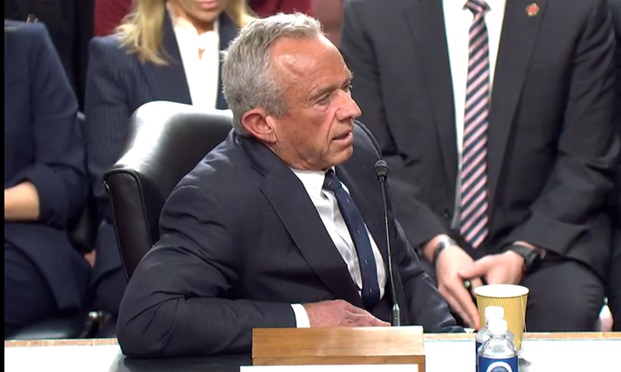I don't have to tell you health insurance premiums are rising at an alarming rate. Employees see it in every paycheck, and with every 5 percent raise they get, there is a 7.5 percent premium increase just around the corner.
So, why have the rates doubled over the last 10 years? And why are they expected to double again in the next six?
The simple answer would be to say that the cost of modern medicine, new and improved technology, and malpractice insurance in our increasingly litigious culture are the culprits. This, however, is only a small part of what is driving up premiums. There are two primary drivers behind the inflated costs of most health insurance premiums.
Recommended For You
The first problem with most health insurance plans is how they are designed. The key principle of any type of insurance is to protect the insured against catastrophic losses, not the "small stuff." In the normal course of events, we would all hope that this is never going to happen to us and so we would expect to pay for insurance year after year without ever getting anything back.
Unfortunately our "health insurance" plans have completely lost sight of this key principle. Most health insurance plans engage the insurance company for almost every expense; this is done in the form of co-pays. The usual and customary charge for a doctor visit is around $60 yet the average co-pay is around $45. Do we really need insurance for the other $15 not paid by our co- pay? Is $15 a "catastrophic loss?" Of course not, but most traditional insurance plans have morphed into this pre-paid health care, share the costs of everything type of plan.
Is there a solution? In 2004 a new type of plan became available and has been increasing in popularity ever since – the high deductible health plan coupled with a health savings account. The HDHP is designed to cover all medical expenses including RX costs at 80 percent to 100 percent after the deductible, taking care of catastrophic losses. The HSA allows you to set money aside tax free to pay for those smaller expenses yourself, until the deductible is reached. The premiums on these plans are generally 25 percent to 40 percent less than that of traditional plans.
The second problem is the way we receive our health insurance. Most people in this country don't actually own a health insurance policy – their employer does. Our current employer sponsored health insurance structure is a holdover from post World War II efforts by employers to attract and retain good employees despite the wage and price controls instituted by the government.
The main problem – other than cost – of employer-sponsored health insurance is lack of portability. About a million families every year file for medical bankruptcy. What most people don't know is that 75 percent of them actually had health insurance at the onset of their illness or accident. They become too sick or are injured too long to come back to work losing their job, which means they lose their health insurance or are offered COBRA which is usually too expensive for someone that just lost their job and now have to face ongoing medical bills on their own.
The other big problem with employer-sponsored health insurance is the cost. Federal and state mandates add 25 percent to 45 percent more cost to the premiums of employer-sponsored plans. One clear example of this is maternity coverage. A single guy cannot become pregnant therefore could never file a claim for maternity coverage yet he must pay premiums for it because of these mandates.
So to answer the question – Why are health insurance premiums so high? Not all of them are. You might just need to look at some new plan designs and approach your health insurance with a new perspective.
© Touchpoint Markets, All Rights Reserved. Request academic re-use from www.copyright.com. All other uses, submit a request to [email protected]. For more inforrmation visit Asset & Logo Licensing.






